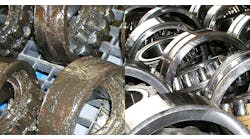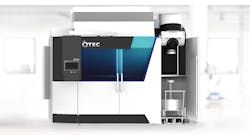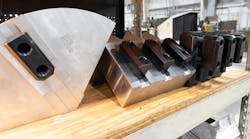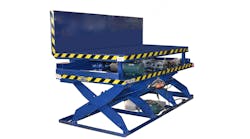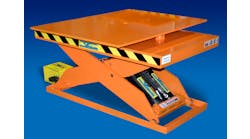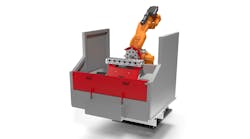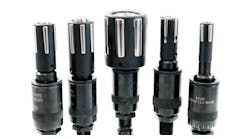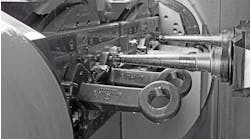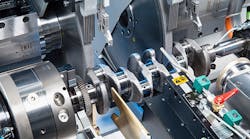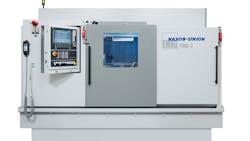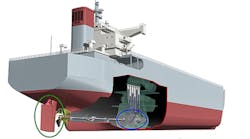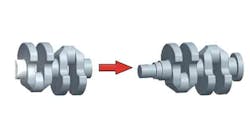Optimizing Grinding to Cut Down Cost of Crankshaft Finishing
A standard source of process development remains influential to forging production — customers’ demands, in particular the buyers of forged automotive parts. Global competition in automotive markets grow more intense as the demands of performance, regulatory compliance, and product cost influence vehicle designs. According to a McKinsey study, the costs of manufacturing passenger cars must be reduced 3-4% annually for the OEMs to retain current levels of profitability levels.
EMAG, a grinding technology developer, is offering one approach to address costs in the process of finishing forged automotive crankshafts. It’s one particular process in need of greater precision as well as greater process efficiency. The EMAG PMD 2 crankshaft grinder incorporates a proprietary technology that promotes higher yields and an impressive price-performance ratio.
The prospects for the global automotive industry are promising, with growth being driven particularly by expanding demand in the Asian markets. Competition continues to increase, too, especially from Asian OEMs. In addition, more rigorous emission limits and safety requirements in various countries drive up production costs, causing planners to seek new cost savings. For forged crankshafts, which are essential to engine performance, labor-intensive “micrometer-range” grinding is necessary, but required.
EMAG’s new PMD 2 grinding machine is designed for passenger vehicle crankshafts and features twin grinding heads that allow simultaneous grinding of two pin or main bearings in a single setup, using two grinding wheels. Its capacity covers small components up to 500 mm long.
“With this machine we are rounding out our range of crankshaft grinders to include the machining of smaller components,“ Dr Guido Hegener, managing director of EMAG Maschinenfabrik GmbH explained. “Up to now, our range of machines did not include a horizontal twin-head grinder for smaller crankshafts. This gap is now filled with the PMD 2, a machine with an excellent price-performance ratio ideally suited to combat the increasing competition in the automotive industry.”
The basis for the PMD 2 is Emag’s established “Series 2” technology, already established with the Emag Naxos-Union and Emag Kopp systems. Those machines combine high-tech grinding technology with precision, efficiency, process integrity, and simple operation — all of which apply to the PMD 2 too, where two CBN grinding wheels machine crankshafts to the highest precision.
To achieve this, the machine is equipped with a direct-driven work spindle, hydrostatic guideways, and a linear motor in the X-axis, as well as an in-process measuring control that allows for roundness monitoring and correction in the machine.
“The operator enters the relevant command in the control and the measuring process is carried out once the bearing has been ground. The software, developed by EMAG, then calculates the relevant correction values from the remaining roundness errors. This allows for the subsequent manufacturing processes to be successively optimized,” Hegener said.
The simultaneous use of two grinding wheels is notable. The twin-tool process opens establishes new possibilities for the user, depending on component and machining requirements. Two pin bearings or main and pin bearing are machined simultaneously, reducing cycle times. For instance, a four-cylinder crankshaft can be machined in less than two minutes. If required, the grinding wheels can be arranged very close together so that adjoining pin and main bearings can be machined simultaneously.
Both grinding spindles and work headstock are direct-driven, which also promotes precision and high productivity. “We have strung together a technologically very interesting package,“ state Hegener.
The PMD 2 machine is compact but flexible in design: for example the electrical cabinet is included in the enclosure. It’s possible to link it with an automatic loading system, and both emulsion and oil can be used as coolants.
“Flexibility was of great importance in using this technology,“ Hegener explained. “We tailor the machine exactly to the customer’s requirements. Integration into an existing, complex production line is an important option, but there is the option of the machine being used as a stand-alone solution with manual loading. We expect this approach will give users a competitive edge while component quality and production costs are gaining importance world-wide.”


